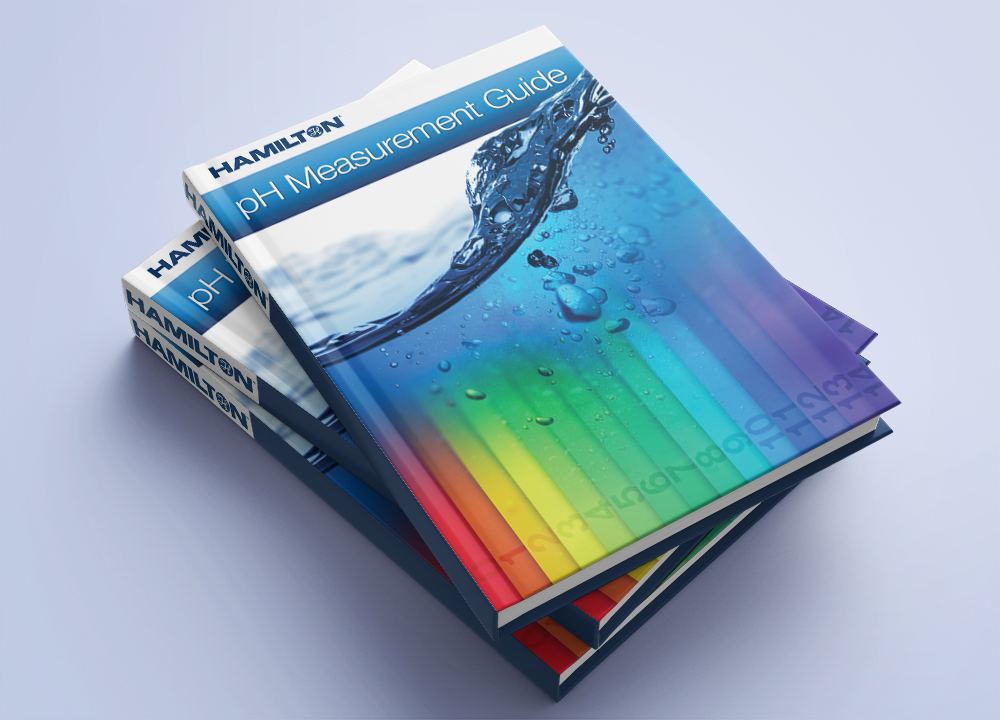Throughout human history, discerning sour from bitter tastes in both liquid and solid foods has been essential. For instance, vinegar and lemon juice are widely identified as sour, whereas soapy water is perceived as bitter. The degree of sourness or bitterness in these substances is denoted by their pH value.
Today, a significant portion of the population recognizes the importance of pH value, primarily due to the widespread acceptance that swimming pool water must maintain specific limits.
Download the eBook
Our diet is predominantly water-based, and most beverages we consume are essentially colored and flavored water. Consequently, this water can exhibit either sour or bitter qualities, essentially having a distinct pH value.
In a broader context, water is arguably the most vital substance on Earth. The absence of water would render life on our planet impossible. Those residing in regions plagued by severe drought understand the critical role water plays in their existence.
Prolonged droughts affect not only farmers but also have disastrous consequences for an entire nation's economy. Hence, it becomes imperative to treat this precious resource with care, utilize it responsibly, and strive to conserve every drop.

Water is everywhere. Three-quarters of the Earth's surface is covered by water, taking various forms like oceans, rivers, lakes, and swamps. Beverages such as brandy, whiskey, beer, wine, soft drinks, fruit juices, coffee, and tea also consist of water mixed with specific additives that alter its properties and taste. Blood, the vital fluid within the human body, primarily consists of water. Approximately 65% of the entire body is composed of water.
Water is used in industry as cooling water, wash water, boiler water, steam, condensate and solvent. Dirty water is usually disposed of as effluent. Notably, the chemical industry makes particular use of this universal solvent because most substances are somewhat soluble in water.
Through its usage, water undergoes changes, the most substantial being the change in its hydrogen ion concentration. All the above-mentioned liquids differ in hydrogen ion concentrations, making them either acids or bases, sour or bitter.
The pH value is a measure for the hydrogen ion concentration of aqueous solutions, and the human tongue is often regarded as the first pH measuring tool. Yet, only potentiometric pH measurement delivers precise and repeatable results when determining the acidity or alkalinity of an aqueous solution.
As a result, pH measurement holds immense importance in diverse fields such as biology, medicine, food technology, drinking water treatment, agriculture, mineralogy, metal processing surface treatment, paper and textile manufacturing, the chemical and petrochemical industry, as well as wastewater and sewage treatment for environmental preservation.
The significance of pH measurement in the industry grows daily, bringing forth new challenges in process control that require resolution. Even within laboratories, the demand for highly accurate and consistent pH measurement is a prevailing factor.
This eBook aims to offer fundamental knowledge on pH measurement in a concise and understandable manner, dispelling misconceptions and errors stemming from conceptual misunderstandings and leading to successful pH measurement applications.

Overview
Without a foundational understanding of a few basic chemical principles, potentiometry, and the operation of a pH electrode, achieving successful pH measurement is nearly impossible. Consequently, this eBook will outline specific chemical and physical principles, ultimately defining the hydrogen ion concentration.
An introduction will be given to the pH scale, a clarification of the NERNST equation, and an explanation of the fundamentals behind glass and reference electrodes.
A thorough exploration of pH-related terminology will then be explored, equipping readers with the knowledge needed for the effective use of various Hamilton pH electrodes. It is crucial to note that the accuracy of pH measurement cannot surpass the accuracy of the buffer solution used for calibration.
This eBook will also provide descriptions of Hamilton's buffer solutions and outline the calibration process for the pH measurement system. The final sections cover connecting the pH electrode to the measurement instrument and essential guidelines for proper electrode handling, concluding the discussion on pH measurement.
Download the eBook

This information has been sourced, reviewed, and adapted from materials provided by Hamilton Company.
For more information on this source, please visit Hamilton Company.